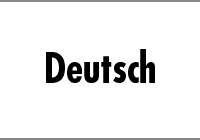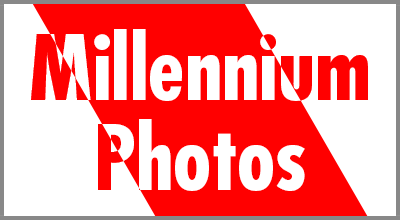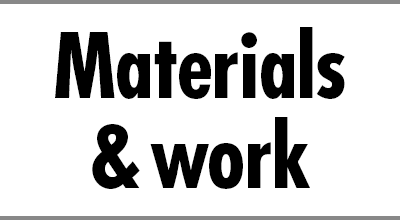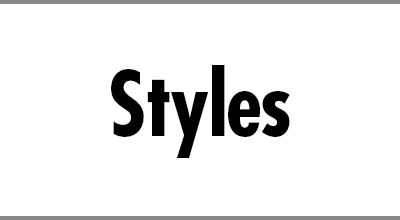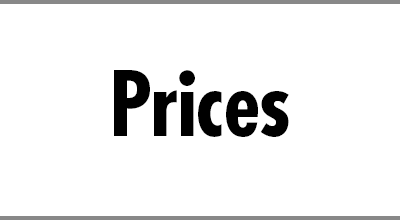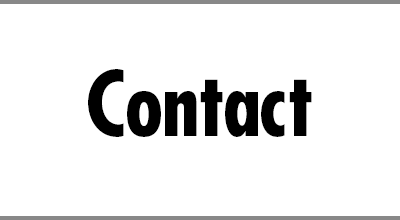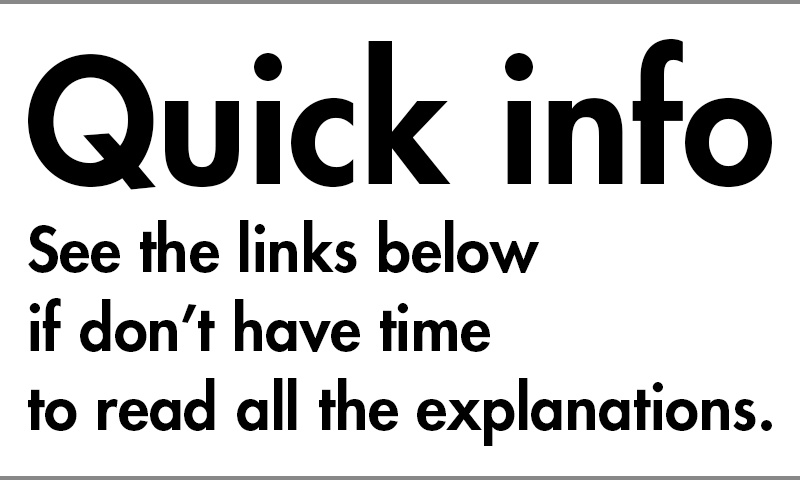Reliefs refer to embossed engravings such as those of famous people’s faces on the reverse sides of coins. Although Millennium Photo is an engraving method, it does not have relief. Millennium Photo is closer to methods employed in banknotes rather than in coins. If you imagine methods used in creating a portrait on a banknote applied in Millennium Photo, you should get a better understanding of it.
Stone material reliefs have been created throughout the world, such as in Egypt and Greece and even from prehistoric times. A large number of relief ornaments were created at Angkor Watt, Persepolis, and other many different world heritage sites. Metallic relief copies of original photos have been widely sold in recent years.
There are many different types of engravings, such as traditional direct engravings, bronze engravings in which molds are created on clay in casting images, and 3D machine processing using machining centers which utilize CAD data.
The above methods achieve finishing which provides a deep impression with many raised parts. In particular, reliefs manually created by skilled artisans based on photographs include high-quality products in which the characteristics of a model are precisely expressed. However, in recent years, semi-3D data used in creating molds for metal engravings is automatically created based on photographs through dedicated software for a large number of reliefs. In this automatic relief-creation process, information on the brightness and darkness of the photo is converted to that on depth (height). We consider that the original gradation of the photo will get lost in the process of converting brightness to depth, which are totally different parameters, and the original can get altered. Such reliefs tend to be simplified, as in cartoon drawings, with exaggerated parts to some extent, even though they are based on photos. It is true that the degree of such exaggeration really depends on the skills of the person creating the work, and we are not in a position to make critical comments on this; however, such reliefs give us the impression that the faces in such reliefs look like faces drawn in cartoons when compared with photographs. This is probably because detailed parts, such as hair, have to be omitted, in order to create the semi 3D images.
Such relief engravings have a unique style, and they also are highly value as gifts. However, they are merely three-dimensional objects created based on photographs, and are different from precise photograph reproductions.
Meanwhile, in Millennium Photos, gradation information is used in expressing brightness; therefore, photo brightness is naturally reproduced. Millennium Photos do not actually have raised parts as in reliefs; however, they provide a unique three-dimensional expression which is different from that of reliefs. Moreover, a Millennium Photo can express the feeling of a photo, achieving a natural finishing.





